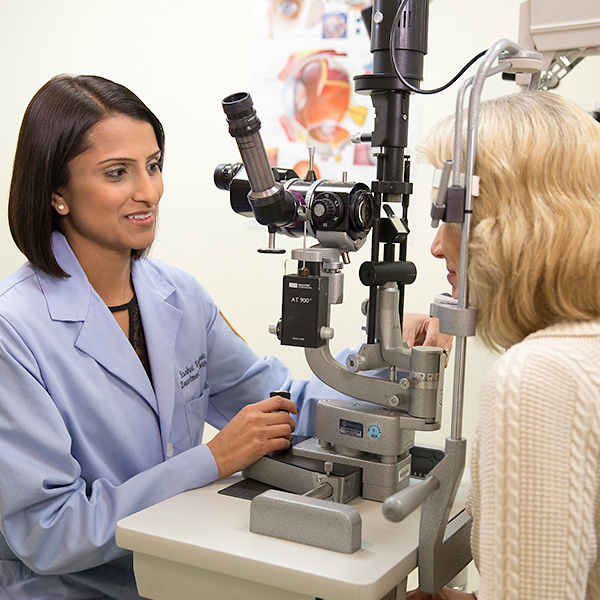Congenital Eyelid Deformities
Overview and Facts about Congenital Eyelid Deformities
Congenital eyelid deformities refer to a number of different ophthalmological conditions developed by children. These deformities are present from birth, meaning that either the child inherited the problem from their parents or a problem occurred during development.
Some of the most common eyelid problems in children include blepharoptosis, lid retraction, canthal dystopias, entropion, ectropion, epicanthal folds, cryptophthalmos, and colobomas.
Signs and Symptoms of Congenital Eyelid Deformities
The signs and symptoms of congenital eyelid deformities depend on exactly which deformity the child has:
- In blepharoptosis, the upper eyelid sags in front of the cornea, causing vision problems.
- In eyelid retraction, the upper eyelid may rise, or the lower eyelid may drop, showing the white part of the eye.
- In canthal dystopias, the inner corner of the eye is displaced, making the eyes look slanted or tilted.
- In entropion, the eyelid twists inward so that the eyelashes and skin rub against the eye itself.
- In ectropion, the eyelid twists outward, exposing the inner eyelid.
- In epicanthal folds, the upper eyelid folds over the inner corner of the eye.
- In cryptophthalmos, the skin grows entirely over the eye, meaning there are no eyelids.
- In colobomas, one of the structures of the eye has a hole in it, contributing to poor vision.
Causes and Risk Factors of Congenital Eyelid Deformities
Congenital eyelid deformities can be inherited or arise from developmental problems. These developmental problems could include:
- The mother has an infection, such as rubella or toxocariasis, while pregnant
- Premature birth
Tests and Diagnosis of Congenital Eyelid Deformities
To diagnose any congenital eyelid deformity, your doctor will likely perform a physical exam on your child. Usually, a doctor can diagnose the problem through the exam.
However, your doctor may also order additional tests, including ultrasounds, CT scans or MRIs, to rule out other problems.
Treatment and Care for Congenital Eyelid Deformities
The treatment for congenital eyelid deformities varies depending on the condition. In many cases, surgery can correct the issue by lifting or lowering the eyelid. However, unless the problem is severe, doctors may recommend waiting for surgery until the child is older.
Until the child is old enough for surgery, a temporary treatment is to tape up the affected eyelid so the child can see fully. Otherwise, they might develop problems with coordination.
Overall, the goal for treatment is to provide children with their maximum vision potential.

